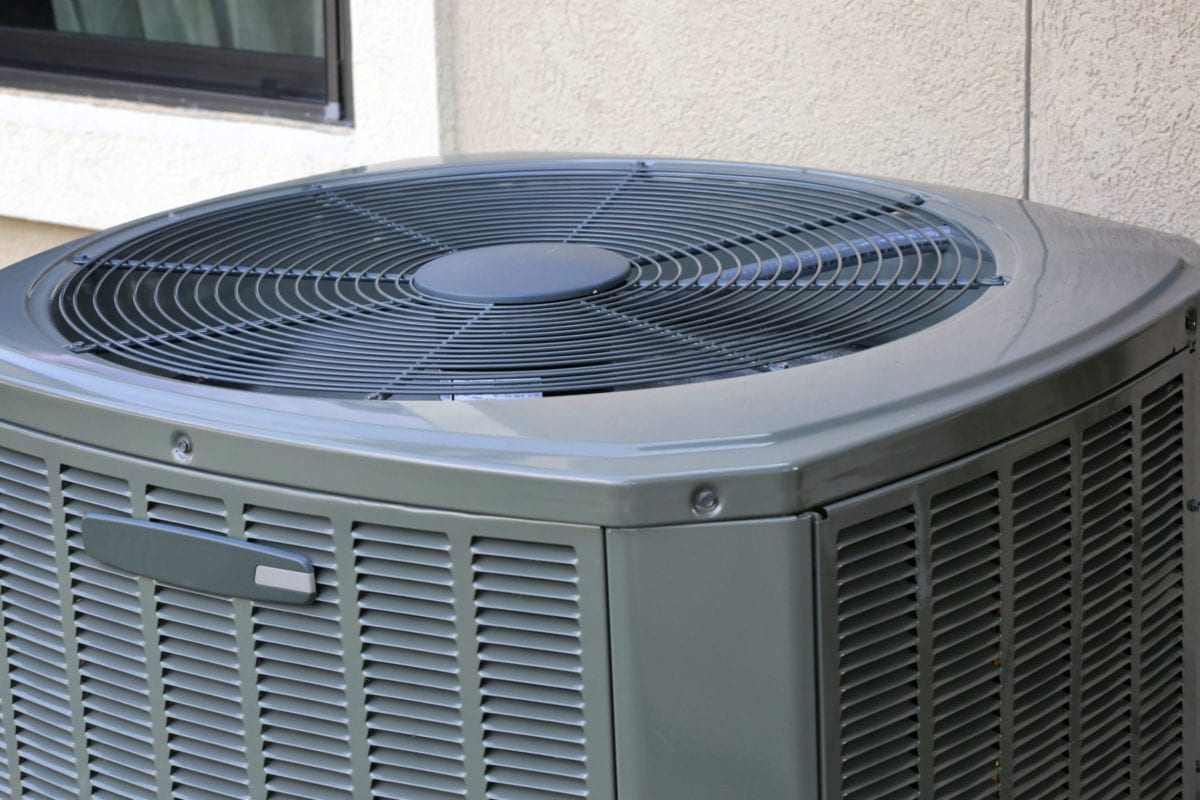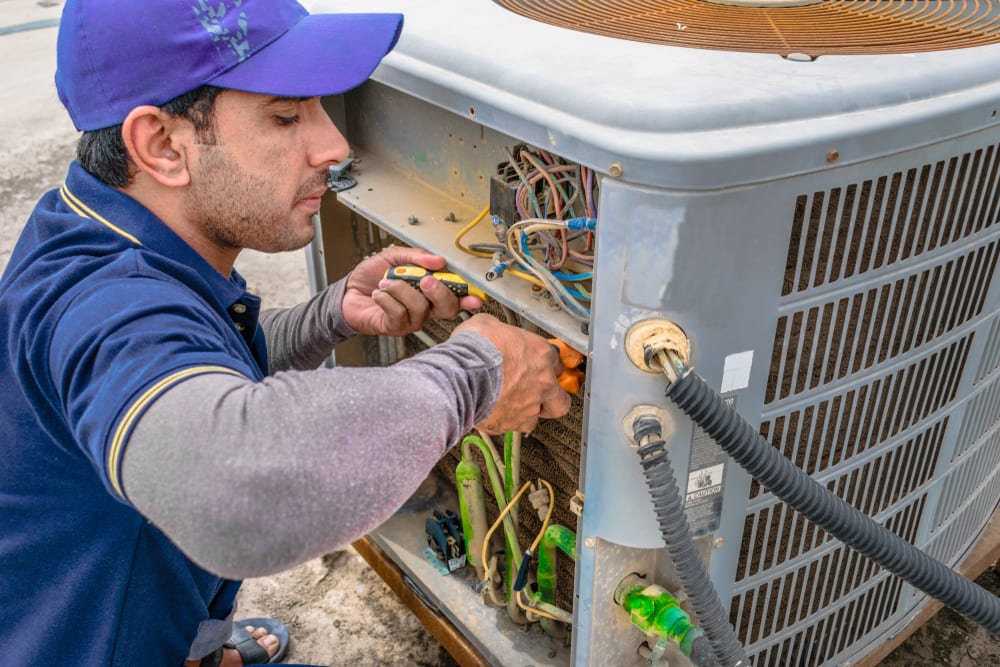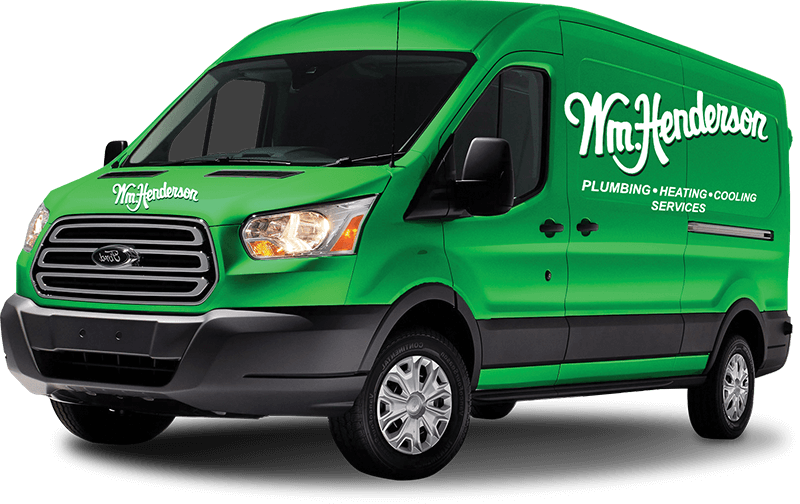
Are you wondering what a SEER rating is? SEER is an acronym that stands for Seasonal Energy Efficiency Ratio. This is a metric that is utilized to determine the efficiency of a central air conditioning system. A system with a high SEER rating is more efficient when compared to a similar model with a lower score. A SEER rating is calculated by taking the total cooling output per year provided by an air conditioner divided by the amount of electricity it utilizes. The total amount of energy utilized by your system is measured using a metric called Watt-Hours.
What is a Good SEER Rating?
The latest air conditioning systems on the market include a SEER rating that ranges from 13 to 21. If you have an old air conditioning system on your property, it may include a SEER rating of 9 or below. Investing in a new air conditioner with a higher SEER rating will help you save money on your monthly utility bills.
Read More: What is a P-Trap Pipe?
How is an Air Conditioner SEER Rating Calculated?
A SEER rating is determined by using a persistent indoor temperature and a variety of outdoor temperature temperatures that vary from 60 to 100 degrees. Please remember that a SEER rating is designed to estimate the maximum output of a central air conditioning system. If your air conditioner features a SEER rating of 19, this represents the highest efficiency level it is able to operate. However, there are a variety of variables that may impact the efficiency of your system on a daily basis including the square footage of a home, contaminated evaporator coils, clogged air filters, and air duct leaks.
The SEER rating is calculated by dividing the total cooling output per year from a central air conditioning system by the amount of energy it utilizes. The cooling output of a system can be measured by multiplying the British Thermal Unit’s (BTUs) per hours by the operational hours per day and the number of operational days per year.
If your air conditioner is able to provide a total of 7,000 BTU’s per house, you will be required to multiply this value by the total cooling hours per day and the number of cooling days per year. For the purposes of this example, your system is required to operate 8 hours per day and 180 days per year to maintain a comfortable temperature in your home.
To determine the annual cooling output of your air conditioning system, multiply 7,000 BTU’s per hour x 8 cooling hours per day x 180 cooling days per year. If your calculations are correct, you should receive a total of 10,080,000. This means that your air conditioning system is able to provide an output of 10,080,000 per year.
Read More: Causes of Uneven Heat in Your House
 How to Calculate Yearly Energy Usage
How to Calculate Yearly Energy Usage
If you want to confirm the total amount of energy your central air conditioning system is using on an annual basis, you will be required to divide the annual cooling output by the SEER rating. If your air conditioner features a SEER rating of 18 BTU per watt-hour (WH) you are able to determine the yearly energy usage by dividing 10,080,000 BTUs per year by 18 BTU per watt-hour. If your calculations are correct, you will discover that your air conditioner uses a total of 560,000 watt-hours (WH) per year.
Benefits of Air Conditioning Systems With High SEER Ratings
Single-Stage Vs Variable Speed Air Conditioners
Old single-stage air conditioning systems are engineered to operate at a single speed. The compressor motor on this type of system is only capable of running at a high speed or 100% capacity. Since a single-stage system is only able to operate at a rapid speed, it utilizes a lot of energy throughout the day. As a result, the SEER ratings are usually lower on a single-stage air conditioning system when compared to a variable speed model.
A single-stage system is required to perform continuously on and off cycles throughout the day to maintain a comfortable temperature in your house. These cycles cause damage to the motor of your air conditioner as it reaches the middle or end of its life cycle. If you’re looking to save money on your utility bills, we recommend investing in a two-stage air conditioner with a higher SEER rating.
A two-stage air conditioning system is able to operate at a high or low speed based on the heating demands of your home. The maximum speed utilizes 100% of your system’s resources while the slow speed uses a little over half of the total capacity. The low speed on a two-stage air conditioner is engineered to help you save energy and money. While this type of system is operating at a low capacity, it will remain active for a longer period of time to ensure your home is able to maintain a stable temperature.
Read More: How to Fix a Leaky Faucet: Steps & Troubleshooting Methods
Automatic Fan Delay Switches
In addition to having high SEER ratings, the newest energy-efficient air conditioning systems are also compatible with automatic fan delay switches. With older HVAC systems, the air handler would be deactivated at the same time as the air conditioner compressor. This would cause a large abundance of cold air to become stuck in the air ducts before it reaches the rooms of a house. On the other hand, the latest air conditioner air handlers include an automatic fan delay switch that is designed to keep the HVAC fan activated for a short amount of time after the compressor is deactivated.
Thermal Expansion Valves
It is not uncommon for central air conditioners with high SEER ratings to include thermal expansion valves. This valve is designed to help you save energy on your utility bills by limiting the amount of refrigerant utilized by your system. When the cooling demands are high in a home, the thermal expansion valve will increase the total distribution of refrigerant. On the other hand, the valve will decrease the diffusion of refrigerant on colder days when less cooling power is needed from the air conditioning system.
 Air Conditioning Services in Pennsylvania
Air Conditioning Services in Pennsylvania
The team at WM Henderson provides dependable air conditioning repair, installation, and tune-up services to homes in Pennsylvania. We also provide maintenance and replacement options for other types of systems including boilers, furnaces, ductless mini split units, and heat pumps. We provide heating and cooling repair services in areas of Pennsylvania such as Coatesville, Conshohocken, West Chester, and Broomall. Give us a call by phone at (484) 206-8594 or book an appointment on our site to receive assistance with an HVAC problem.

